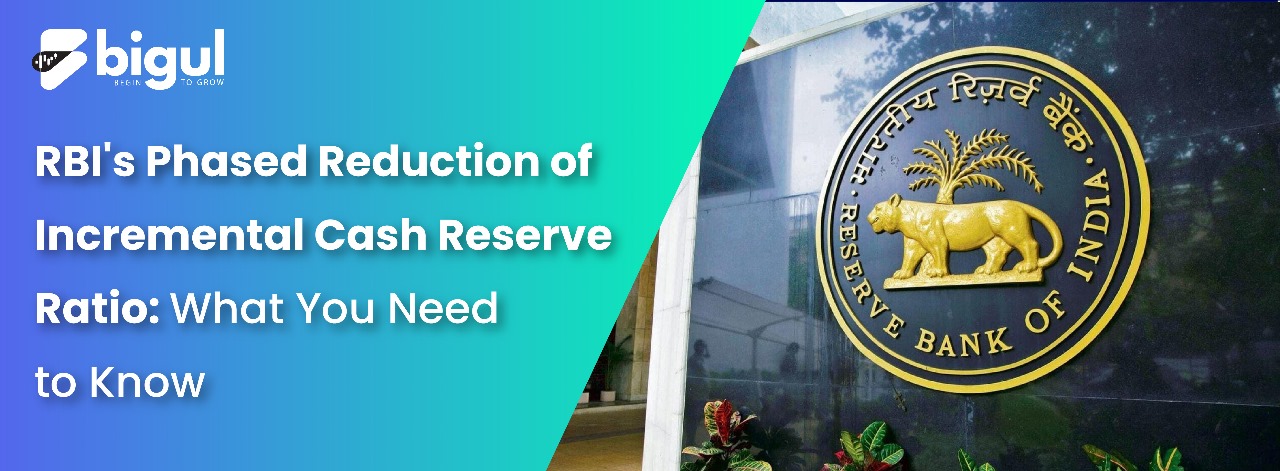The Reserve Bank of India (RBI) has unveiled a phased plan to lower the Incremental Cash Reserve Ratio (I-CRR) that banks are required to maintain. This reduction is scheduled to be fully implemented by October 7, to enhance liquidity and stabilize the financial market.
Key Phases of Reduction
- Initial Release: RBI will unlock 25% of the total I-CRR funds on September 9.
- Second Phase: Another 25% will be released on September 23.
- Final Unwind: The remaining 50% will be freed on October 7.
Rationale Behind the Move
According to the RBI, the methodical reduction is driven by the need to manage liquidity conditions effectively. The aim is to avoid any abrupt shifts in money markets by releasing the funds in a controlled manner.
Previous Liquidity Deficit
For the first time in the current fiscal year, the banking sector experienced a liquidity shortage after RBI imposed an I-CRR of 10% on increased deposits between May 19 and July 28. However, liquidity has improved and currently exceeds 750 billion rupees ($9.05 billion).
Market Reactions
In terms of market reactions, several key indicators suggest positive outcomes:
- The I-CRR will see a planned reduction to 7.5% and 5% in the subsequent two fortnights, which is in line with market expectations.
- The stock prices of Indian banks have shown a positive uptick, signalling investor approval of the RBI’s decision.
Upcoming Financial Commitments
Market insiders have been discussing the anticipated I-CRR reduction, especially in light of two significant tax outflows:
- Advance tax payments are due around September 15.
- Goods and Service Tax (GST) payments are due on September 20.
- Experts anticipate aggregate tax outflows ranging between 2.2 to 2.5 trillion rupees.
Significance for the Festive Season
The gradual release of the I-CRR is timely and aligns with the upcoming festive season, which traditionally sees increased cash withdrawals. VRC Reddy, the treasury head of Karur Vysya Bank, commented that the move would ensure sufficient liquidity just ahead of this busy period.
Conclusion
The RBI’s gradual reduction of the I-CRR is a welcome move that aims to stabilize market conditions while providing the liquidity needed for the banking sector. The strategy appears to consider a variety of economic variables, including upcoming tax outflows and festive season demands.
